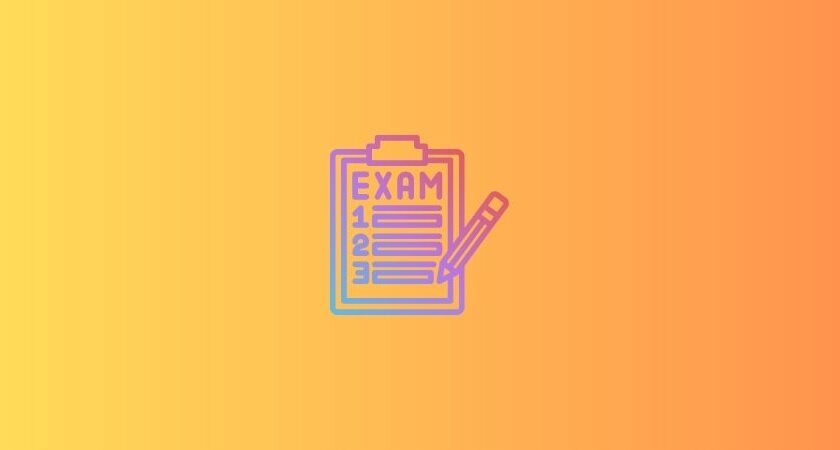Standardized testing has been a contentious topic in education for decades. These assessments are designed to measure students’ academic abilities and performance against uniform criteria. While proponents argue that standardized testing ensures accountability, fairness, and academic excellence, opponents criticize their rigid nature, stress-inducing effects, and lack of comprehensive assessment.
In this blog, we will explore the pros and cons of standardized testing in education and delve into potential alternative approaches to better evaluate student progress and potential.
The Pros of Standardized Testing
- Objective Measurement: Standardized tests provide an objective way to assess a student’s knowledge and skills, reducing the influence of subjective biases from teachers or examiners.
- Accountability: Standardized testing holds schools and educators accountable for their performance and helps identify areas needing improvement. This can lead to better resource allocation and targeted interventions.
- Data-Driven Decision Making: Standardized test results offer valuable data that can guide educational policies and curriculum development, helping to tailor learning experiences to suit students’ needs.
- College and Career Readiness: Standardized test scores are often used as criteria for college admissions and scholarships, helping students identify their readiness for higher education or specific career paths.
- Identifying Learning Gaps: By analyzing test results, educators can identify learning gaps and implement targeted interventions to support struggling students, ensuring no child gets left behind.
The Cons of Standardized Testing
- Limited Assessment: Standardized tests primarily focus on measuring rote memorization and test-taking skills, often overlooking crucial aspects like critical thinking, creativity, and problem-solving abilities.
- Stress and Anxiety: High-stakes standardized testing can cause significant stress and anxiety for students, potentially hindering their performance and impacting their mental health.
- Narrow Curriculum: The pressure to perform well on standardized tests may lead schools to narrow their curriculum, focusing solely on test-related content instead of fostering a well-rounded education.
- One-Size-Fits-All Approach: Standardized testing assumes all students learn and demonstrate knowledge in the same way, disregarding individual learning styles and strengths.
- Inequity: Socioeconomic disparities can influence test results, leading to an unfair advantage for students from privileged backgrounds and perpetuating educational inequality.
- Teacher Evaluation Bias: Standardized test scores are sometimes used to evaluate teachers, which may lead to teaching to the test and neglecting holistic approaches to education.
Alternatives to Standardized Testing
- Performance-Based Assessments: Implementing performance-based assessments, such as projects, portfolios, and presentations, allows students to demonstrate their understanding in more comprehensive and creative ways.
- Formative Assessments: Continuous formative assessments, integrated into daily classroom activities, provide valuable feedback to both students and teachers, guiding instruction and promoting continuous improvement.
- Individualized Learning Plans: Personalized learning plans cater to each student’s unique needs, fostering a more tailored approach to education that addresses individual strengths and weaknesses.
- Project-Based Learning: Emphasizing project-based learning engages students in real-world problem-solving, critical thinking, and collaboration, better preparing them for future challenges.
- Multiple Measures: Instead of relying solely on standardized tests, schools can use a combination of assessment methods, including teacher evaluations, student portfolios, and peer assessments, for a more comprehensive evaluation of student progress.
Conclusion
Standardized testing has long been a central component of education, but it is essential to critically examine its impact on students and the learning environment. While these assessments offer objective data and accountability, they also come with inherent limitations and potential negative consequences.
As we move forward, it is crucial to explore alternative assessment methods that promote holistic learning, cater to individual needs, and foster a well-rounded education. By striking a balance between standardized testing and other assessment approaches, we can create an education system that nurtures the diverse talents and potentials of every student, ensuring a brighter future for all.
